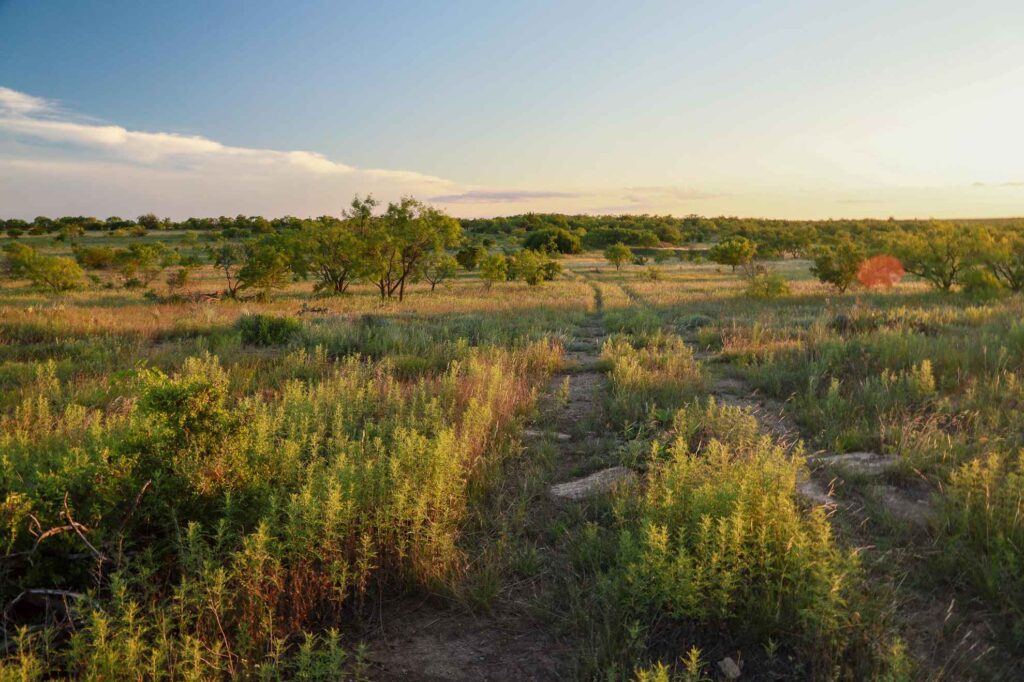Prescribed fire burnings, also known as controlled or managed burns, have been utilized for centuries as a land management tool. These carefully planned and executed fires play a crucial role in maintaining the health and vitality of ecosystems across Texas. By understanding how prescribed fire burnings work and their wide-ranging benefits, we can appreciate their significance in promoting ecological balance, biodiversity, and overall landscape resilience.
How Prescribed Fire Burnings Work
Prescribed fire burnings involve the controlled application of fire under specific environmental conditions to achieve predetermined objectives. Before initiating a prescribed burn, land managers consider factors such as weather, fuel load, vegetation type, and desired outcomes. Skilled professionals develop detailed burn plans, ensuring safety measures and environmental considerations are prioritized.
Benefits of Prescribed Fire Burnings:
- Ecosystem Restoration and Maintenance: Prescribed fire burnings mimic the natural fire cycles that many Texas ecosystems depend on for their vitality. They reduce accumulated vegetation, rejuvenate native plant species, and promote the growth of fire-adapted plants. By clearing out dense undergrowth and invasive species, prescribed fires restore and maintain the balance of ecosystems, making way for new growth and improved habitat quality.
- Biodiversity Enhancement: Prescribed fire burnings create a diverse patchwork of habitats across the landscape. The resulting mosaic of burned and unburned areas provides varied niches for different plant and animal species. Many Texas plant species have adapted to thrive after fire, while some wildlife species, such as certain birds, reptiles, and mammals, rely on recently burned areas for foraging and nesting opportunities. Prescribed fire burnings enhance overall biodiversity by increasing the range of available habitats.
- Pest and Disease Control: In certain ecosystems, prescribed fire burnings can help manage pests and control the spread of diseases. Some insects, like pine beetles, can be controlled by burning their overwintering sites. Fire also reduces the buildup of leaf litter and dead vegetation, limiting the proliferation of pathogens that could harm plants. By minimizing pest and disease pressures, prescribed fire burnings contribute to the overall health and resilience of Texas land habitats.
- Reducing Wildfire Risk: By strategically burning excess vegetation and maintaining appropriate fuel loads, prescribed fire burnings can reduce the risk of catastrophic wildfires. In Texas, where the threat of wildfires is a constant concern, regular prescribed burns play a crucial role in mitigating fire hazards. By removing highly flammable materials and creating firebreaks, prescribed fire burnings help protect communities, infrastructure, and valuable natural resources from the devastating impacts of uncontrolled wildfires.
- Habitat Restoration for Threatened and Endangered Species: Prescribed fire burnings are an essential tool in the restoration of habitats critical to the survival of many threatened and endangered species in Texas. For example, the endangered Texas horned lizard thrives in areas with open landscapes, which can be achieved through prescribed fire burnings. By creating suitable habitats, these controlled burns contribute to the conservation efforts aimed at protecting vulnerable species.
Prescribed fire burnings are a valuable and effective land management technique for restoring and maintaining healthy ecosystems in Texas. By embracing this tool, land managers can simulate natural fire cycles, enhance biodiversity, control pests and diseases, reduce wildfire risks, and restore habitats for threatened and endangered species. It is vital to recognize the importance of prescribed fire burnings as a means to achieve ecological balance, foster resilience, and ensure the long-term health of Texas’ diverse land habitats and ecosystems.



